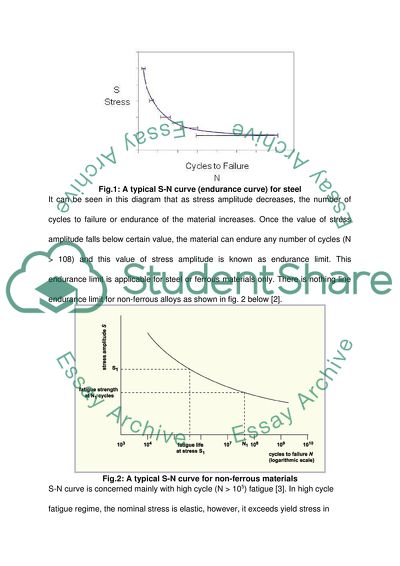Cite this document
(Fatigue Analysis Research Proposal Example | Topics and Well Written Essays - 2500 words, n.d.)
Fatigue Analysis Research Proposal Example | Topics and Well Written Essays - 2500 words. https://studentshare.org/technology/1747656-fatigue-analysis
Fatigue Analysis Research Proposal Example | Topics and Well Written Essays - 2500 words. https://studentshare.org/technology/1747656-fatigue-analysis
(Fatigue Analysis Research Proposal Example | Topics and Well Written Essays - 2500 Words)
Fatigue Analysis Research Proposal Example | Topics and Well Written Essays - 2500 Words. https://studentshare.org/technology/1747656-fatigue-analysis.
Fatigue Analysis Research Proposal Example | Topics and Well Written Essays - 2500 Words. https://studentshare.org/technology/1747656-fatigue-analysis.
“Fatigue Analysis Research Proposal Example | Topics and Well Written Essays - 2500 Words”. https://studentshare.org/technology/1747656-fatigue-analysis.


